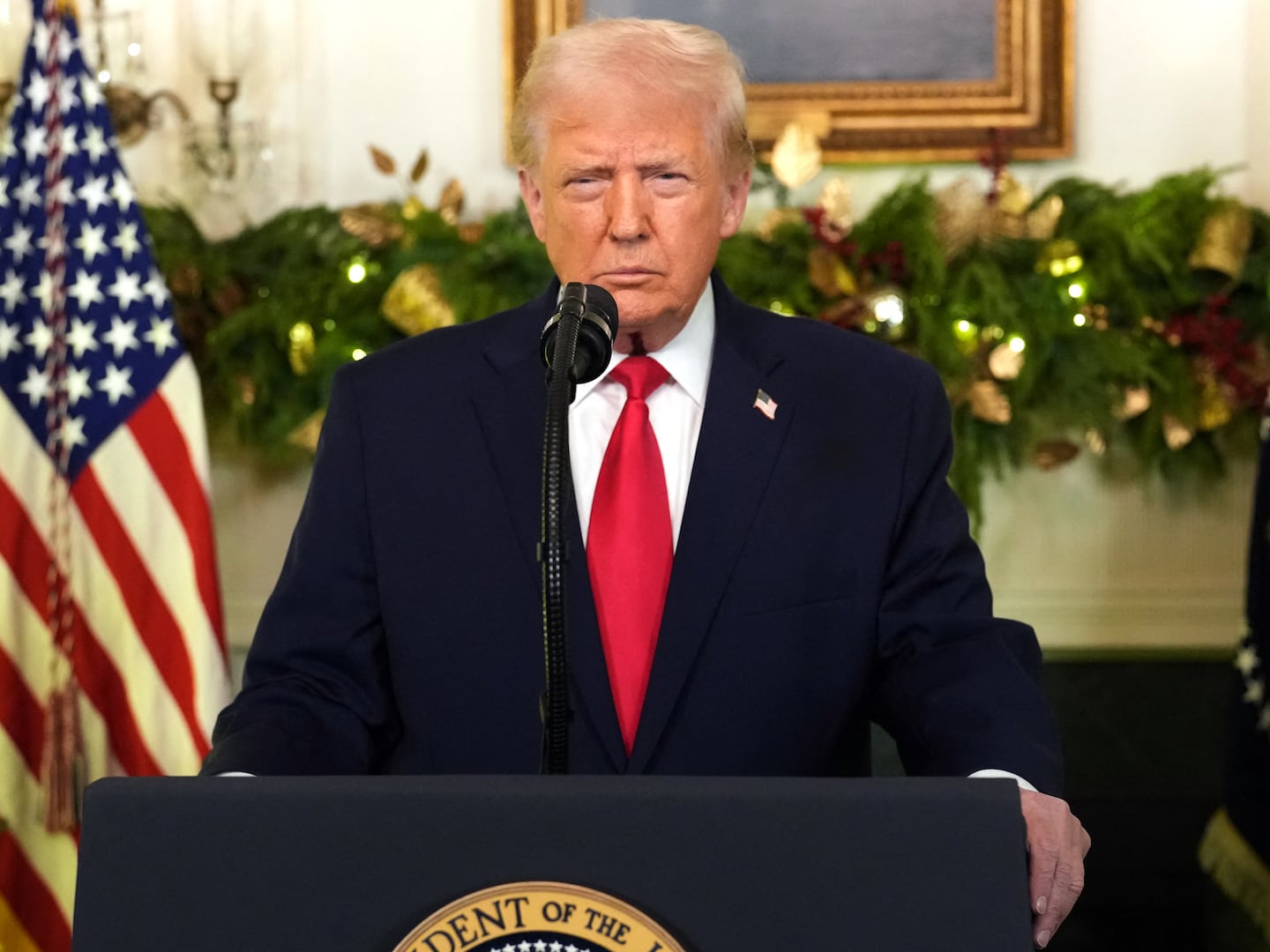A leaked batch of documents published by The Intercept about the United States' secret drone operations in Somalia and Yemen shows that they "overwhelmingly" rely on a single source of information to locate their human targets—usually "signals intelligence" such as a phone number or a SIM card to lock onto. A large number of strikes have even had to be called off because even once a drone has found its target, it's very difficult to confirm with "near certainty" that the person on the ground, whom the drone can watch with high-definition video, is actually the person that the U.S. intends to kill, the documents show.
Strikes against these so-called "high-value targets" must be authorized by the president and are carried out under the Authorization for the Use of Military Force, which Congress passed after the 9/11 attacks to give the commander-in-chief the power to hunt down Al Qaeda and associated forces.
The documents also reveal a cycle in drone strikes where the target cannot be physically captured, usually because he's too far away from ground forces and the mission to retrieve him would be too dangerous for the U.S. or its allies. Killing the target with a drone means there's little left over in terms of documents or electronic devices that U.S. analysts could use to go find his contacts and associates, i.e. more targets. To help find more useful intelligence for more drone strikes, a task force recommended actually increasing the number of capture operations, and interrogating more suspected terrorists instead of killing them.
— Shane Harris





